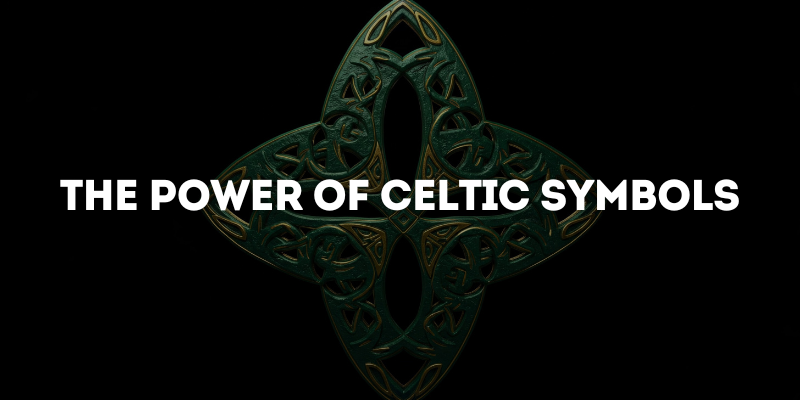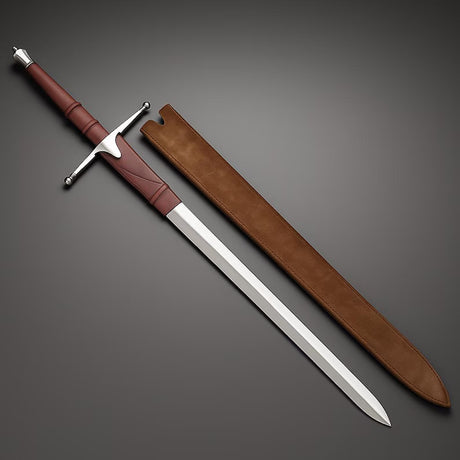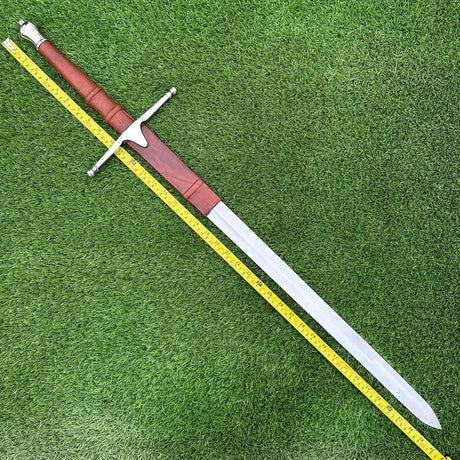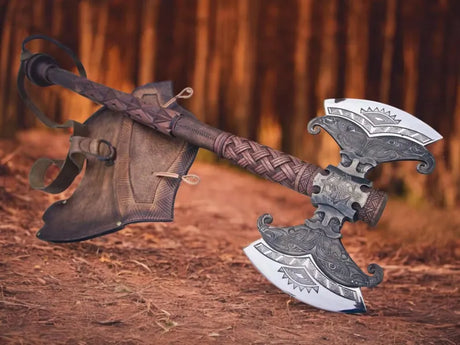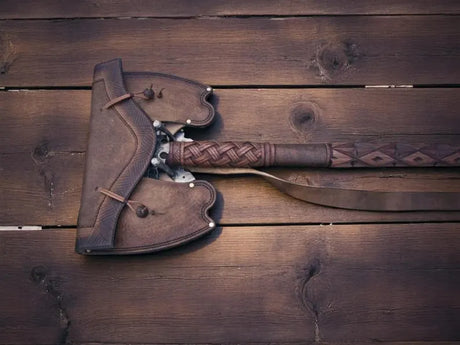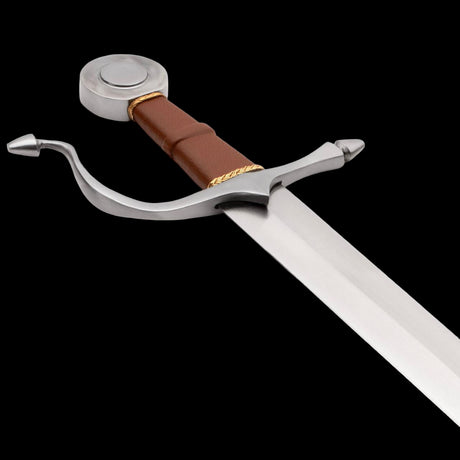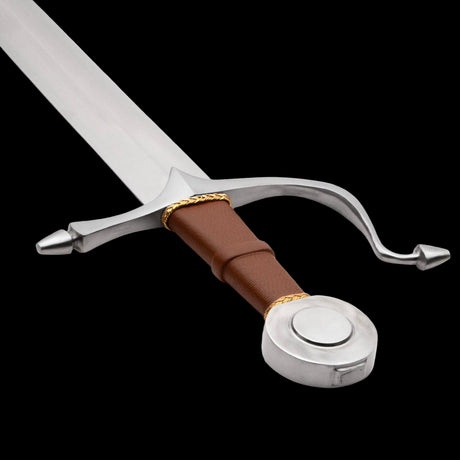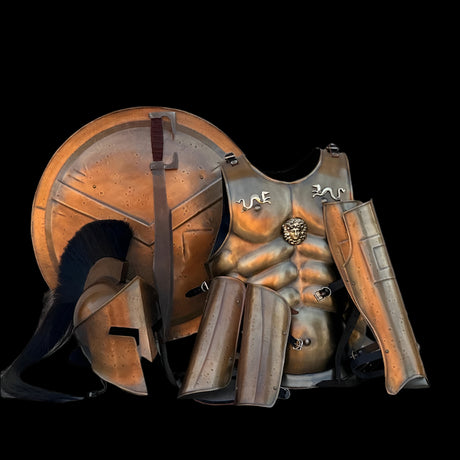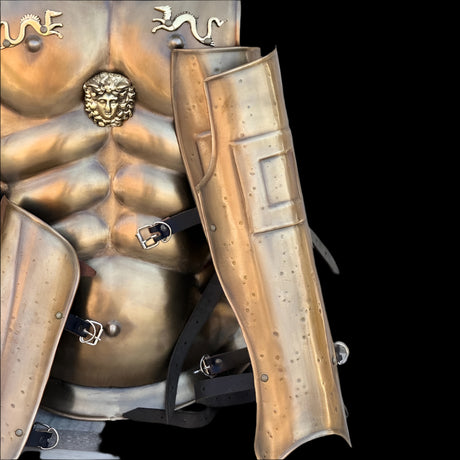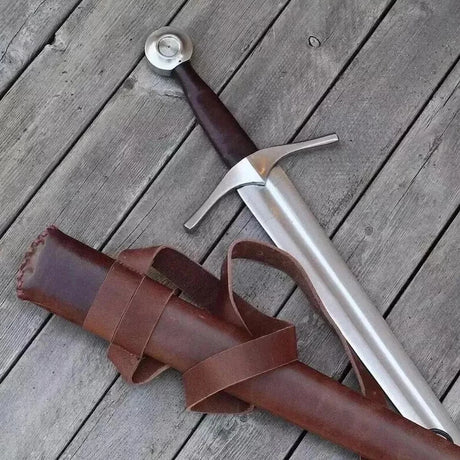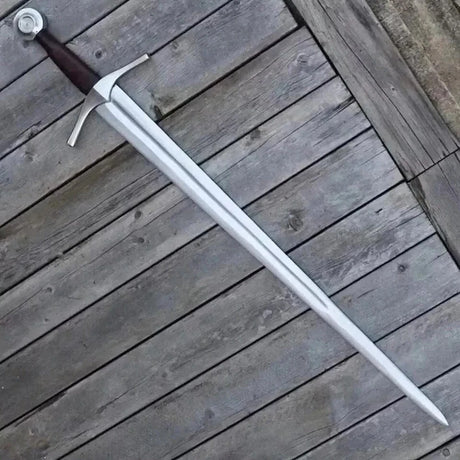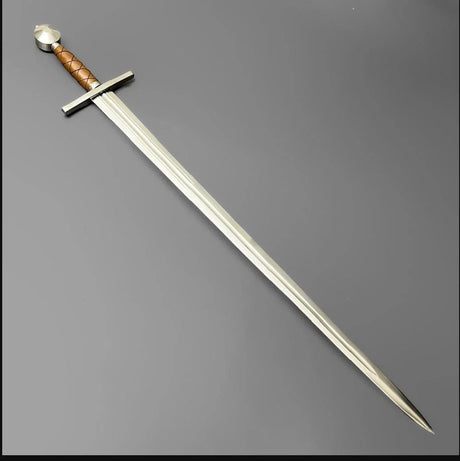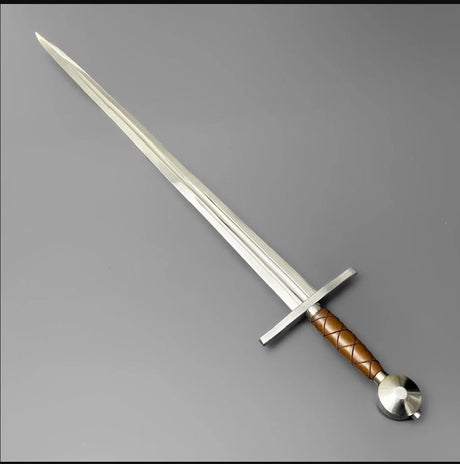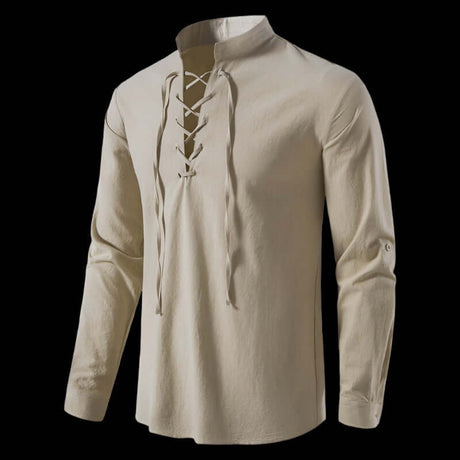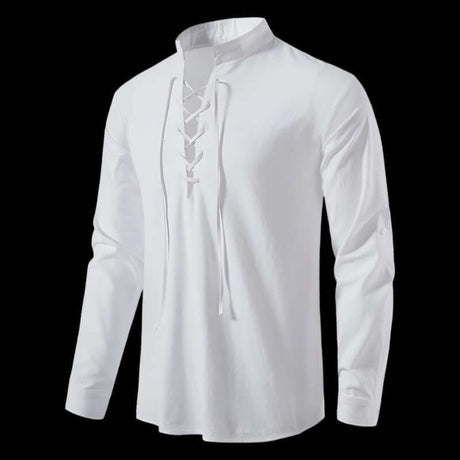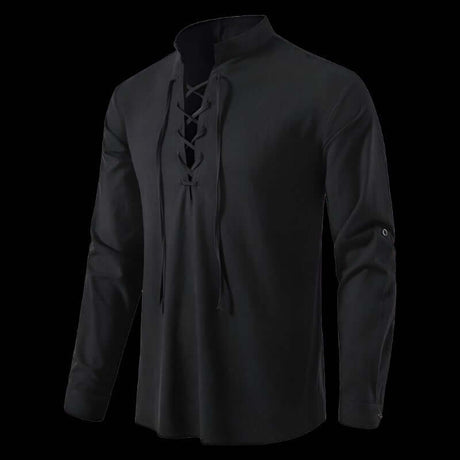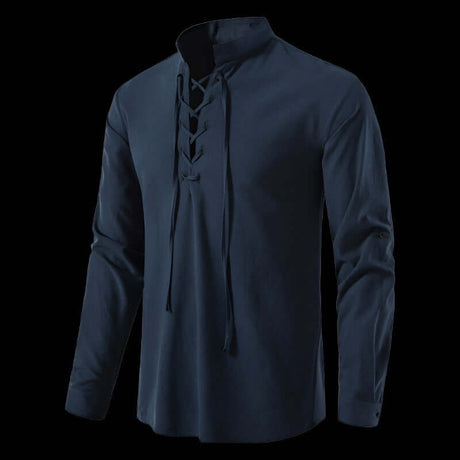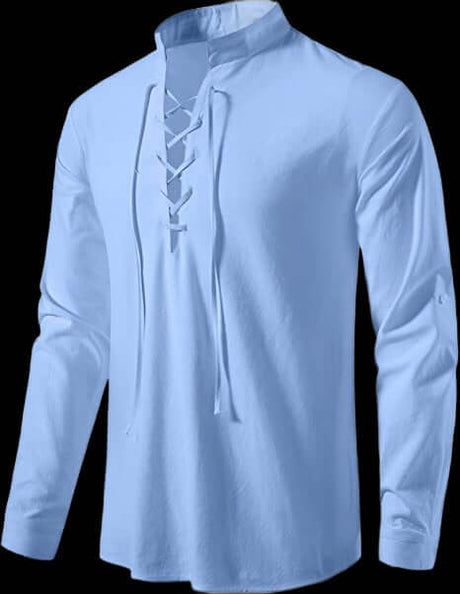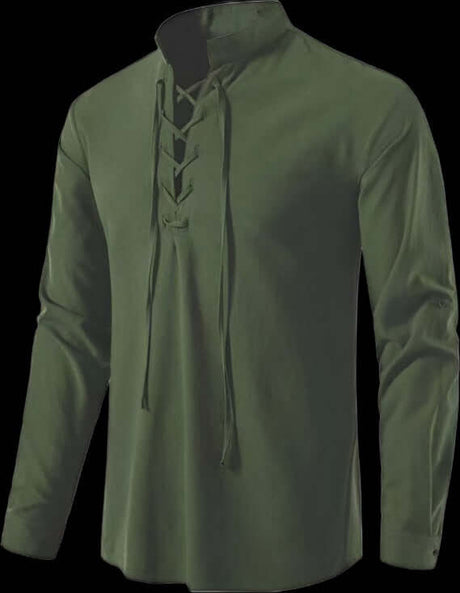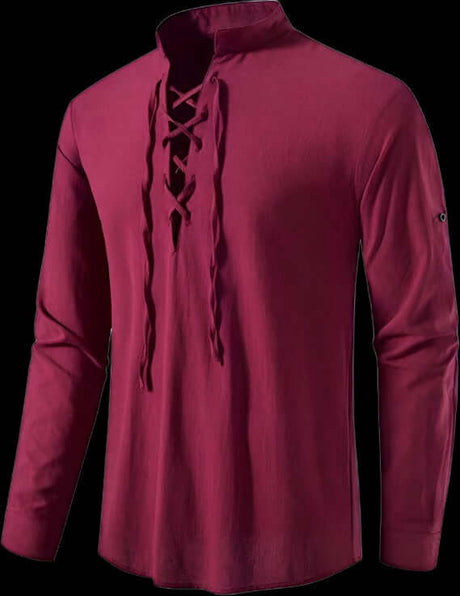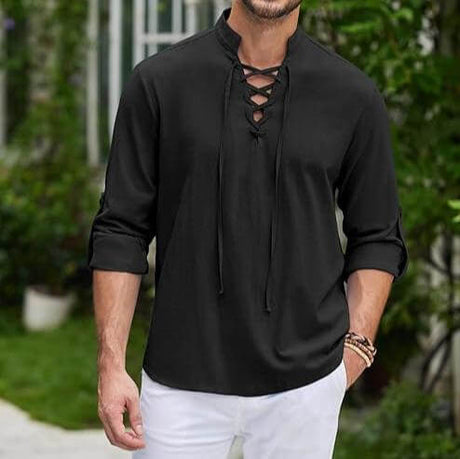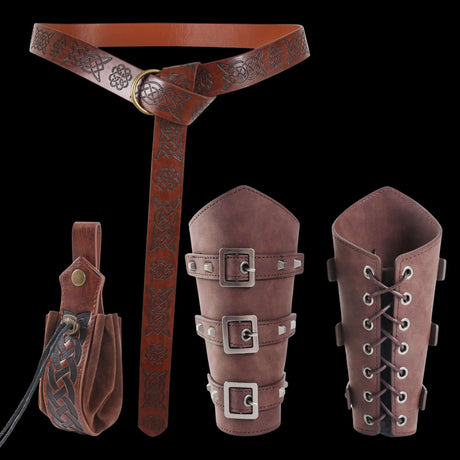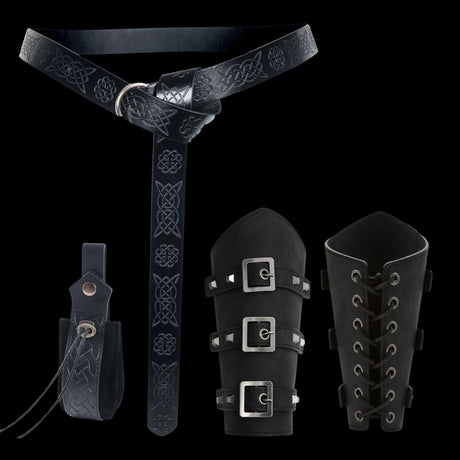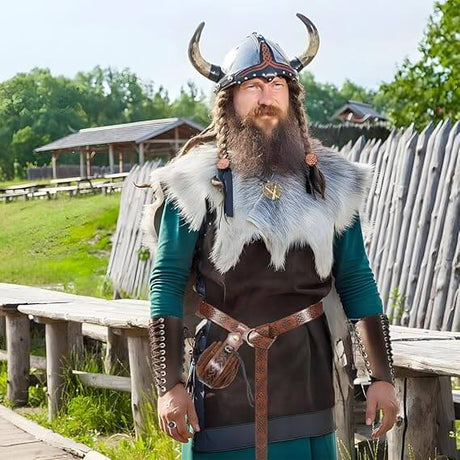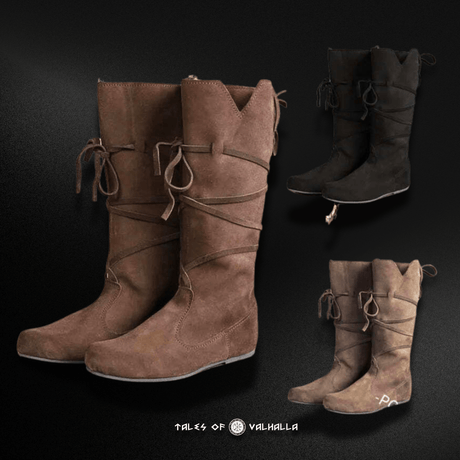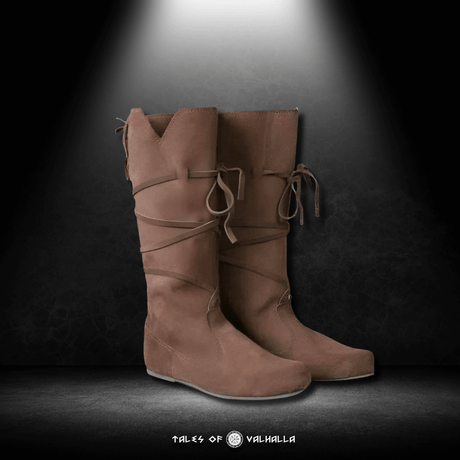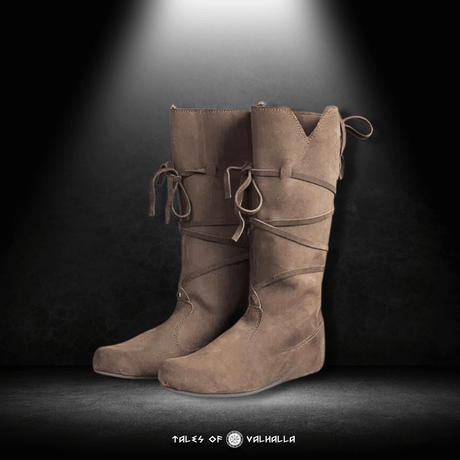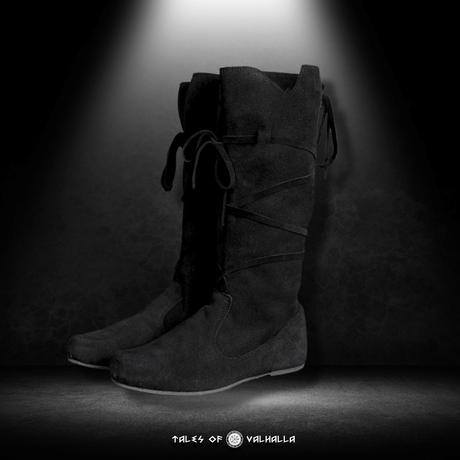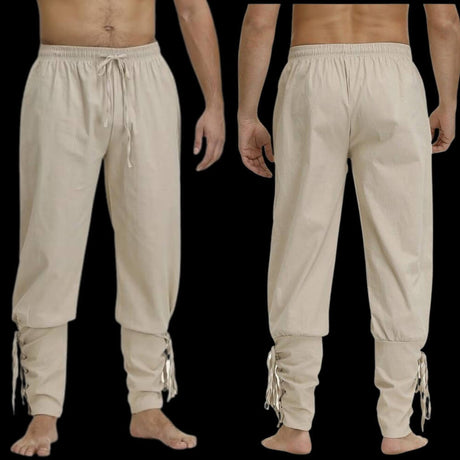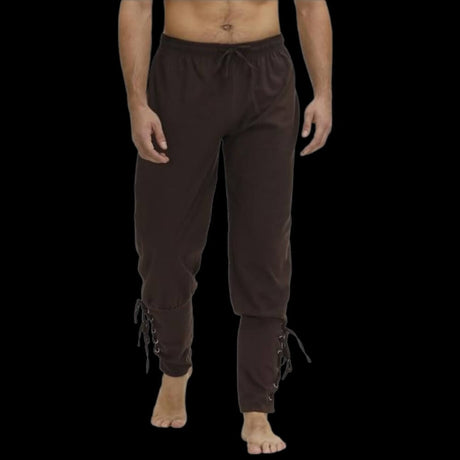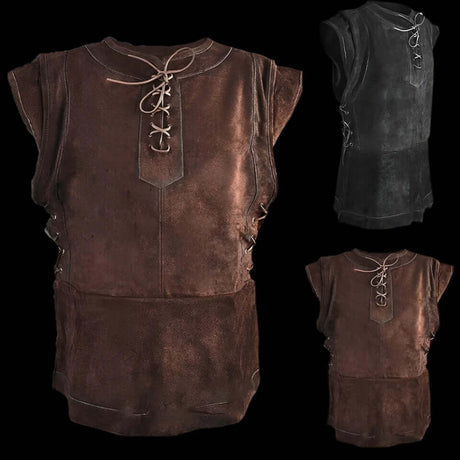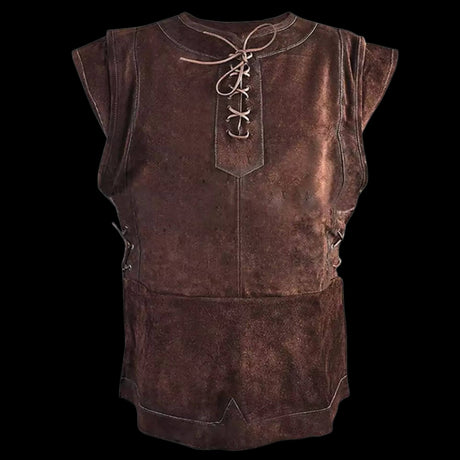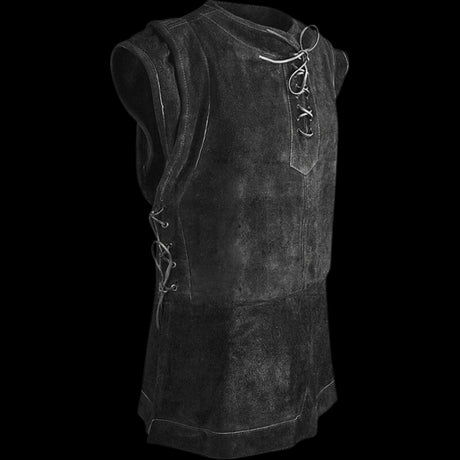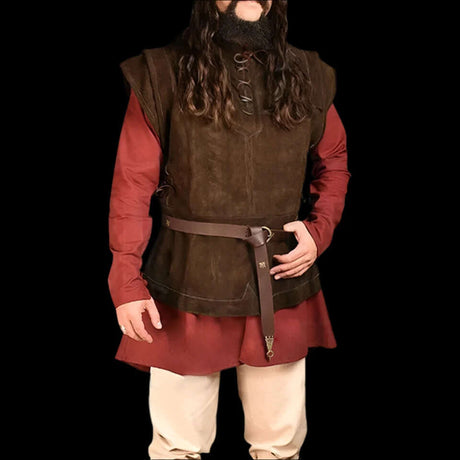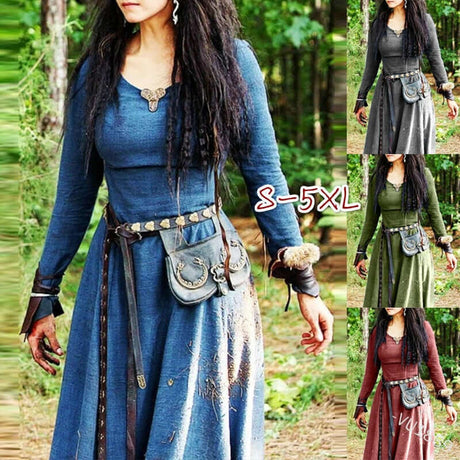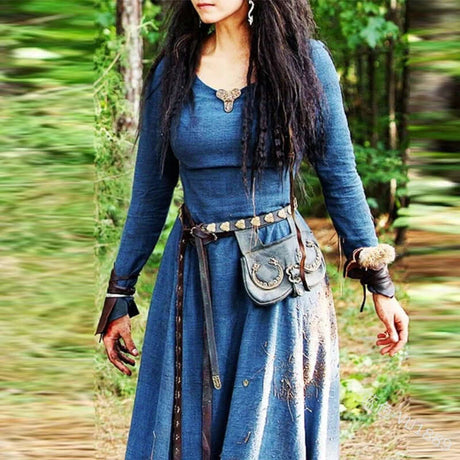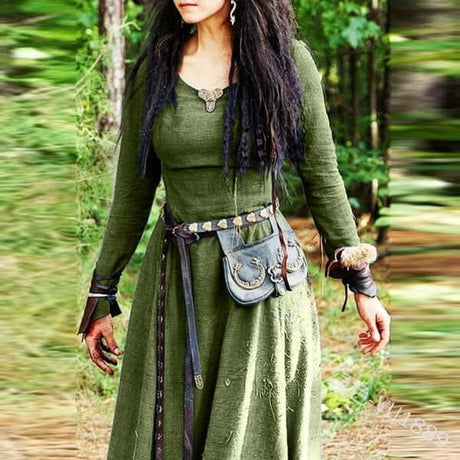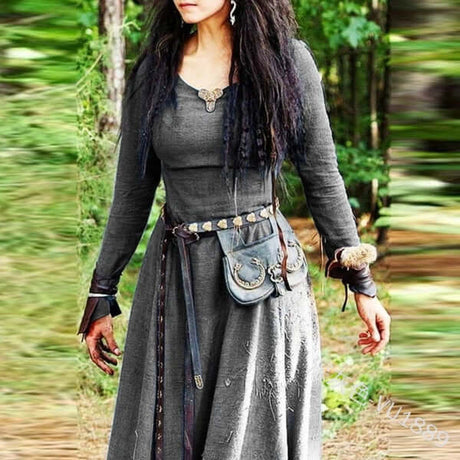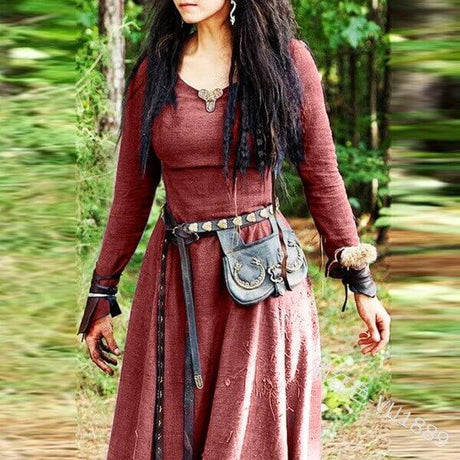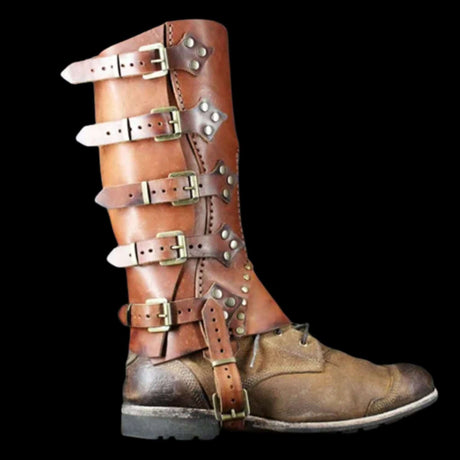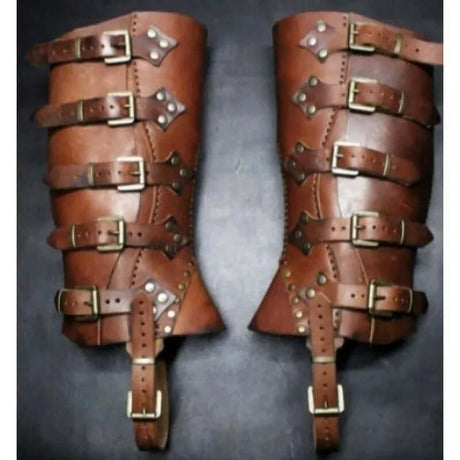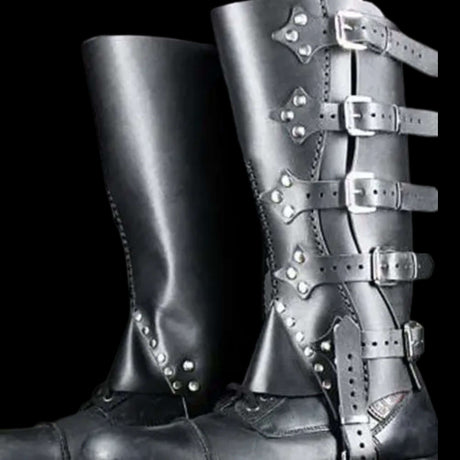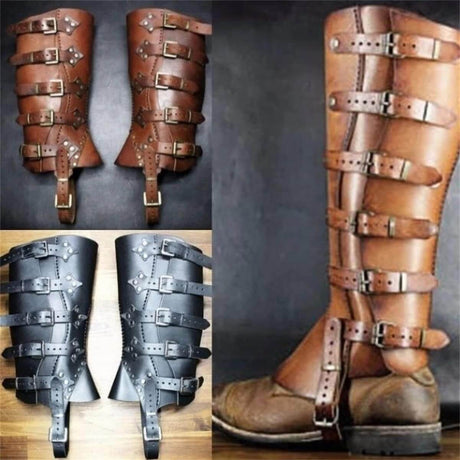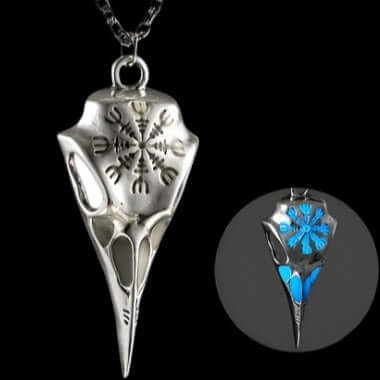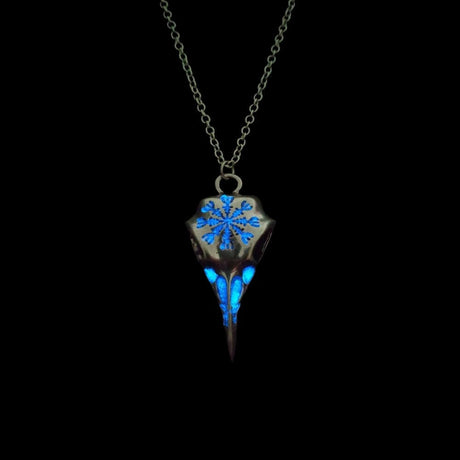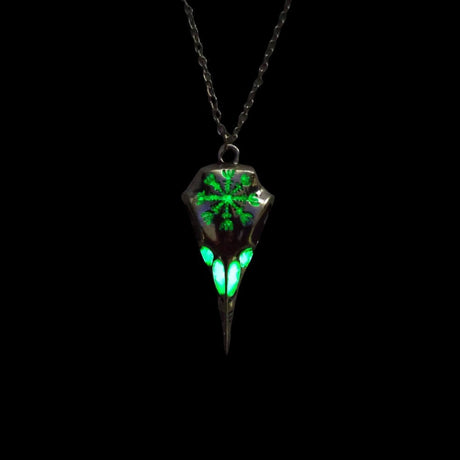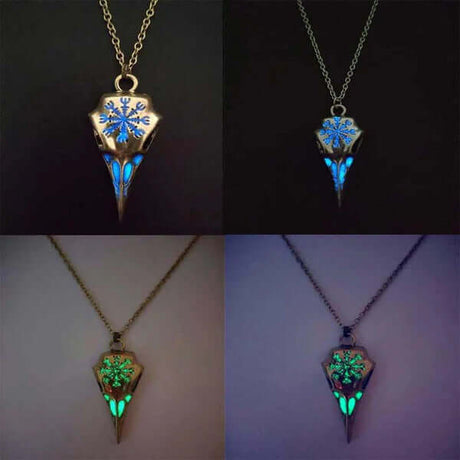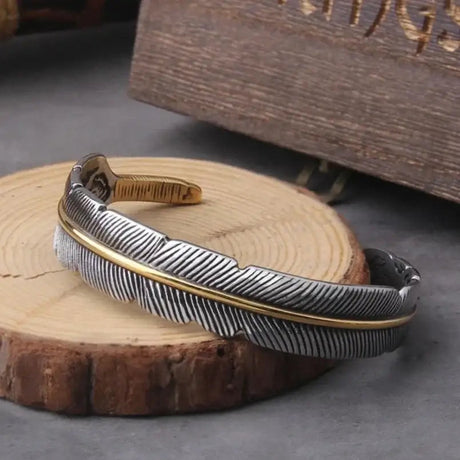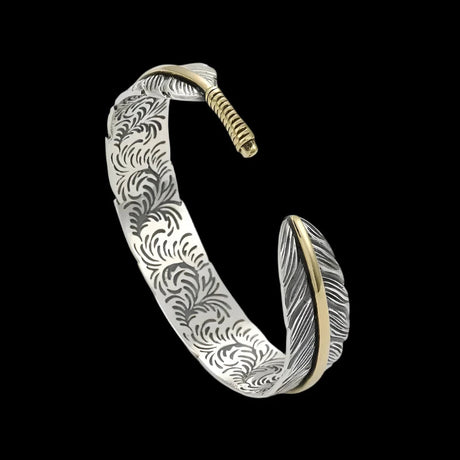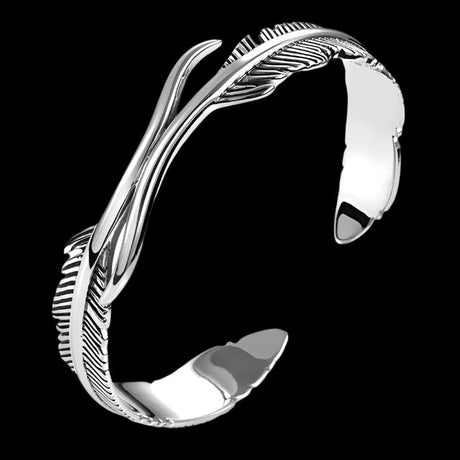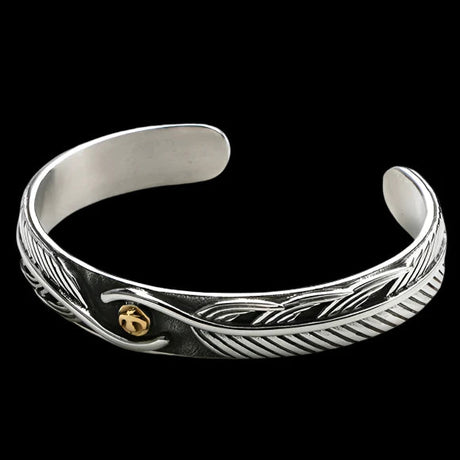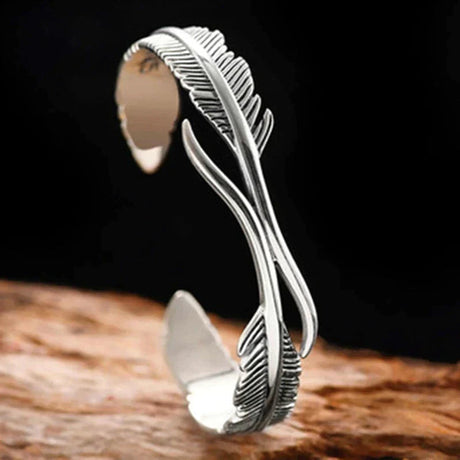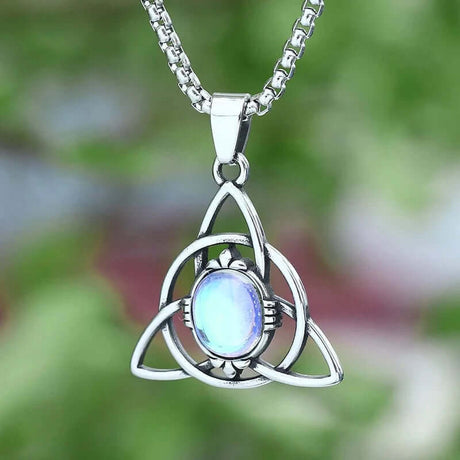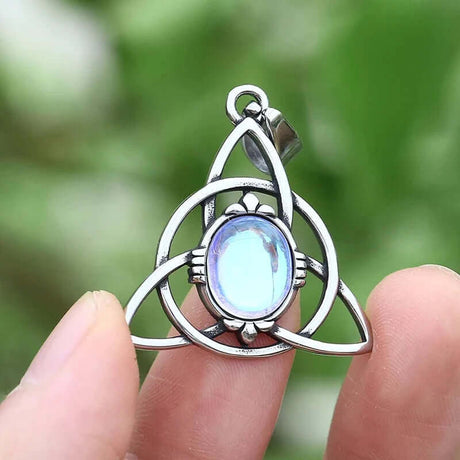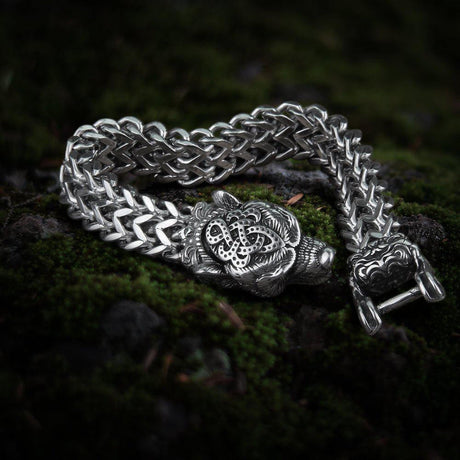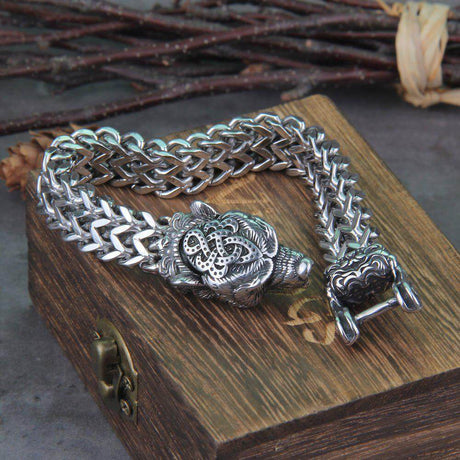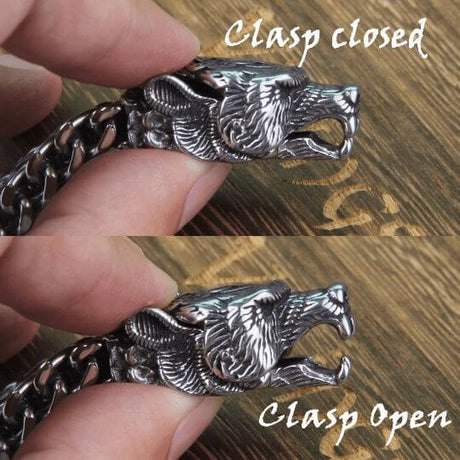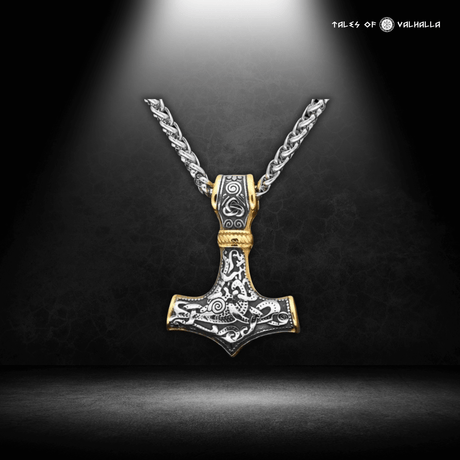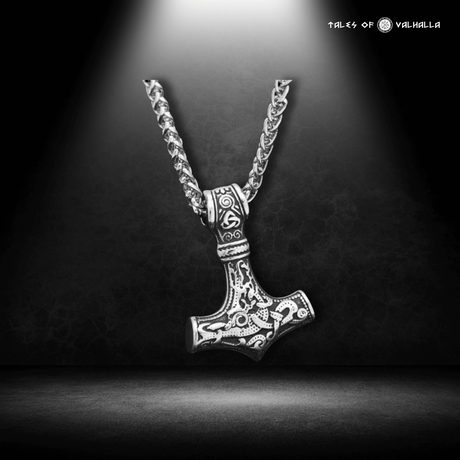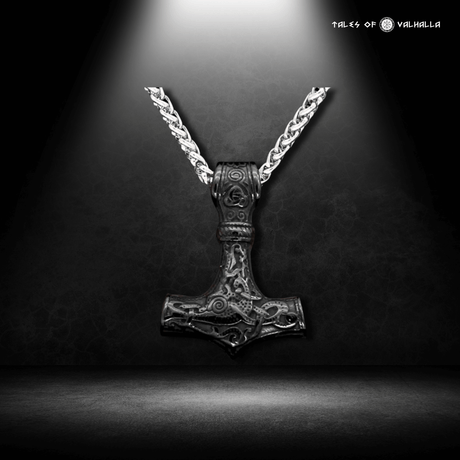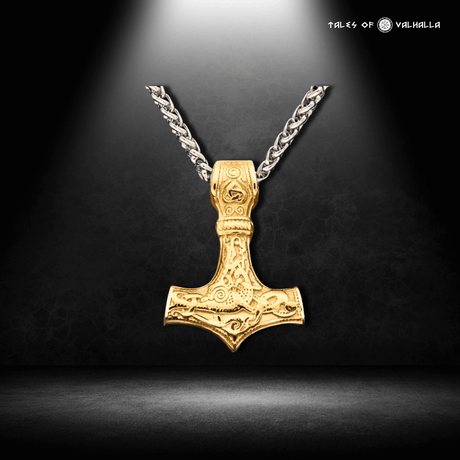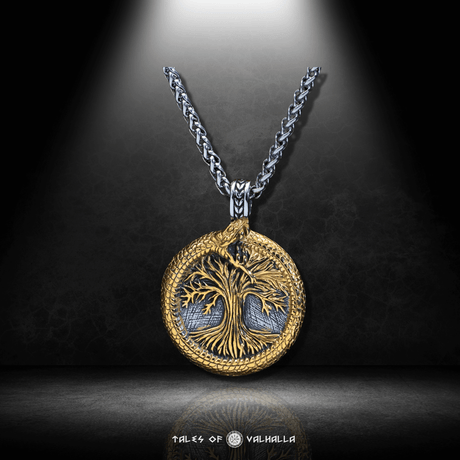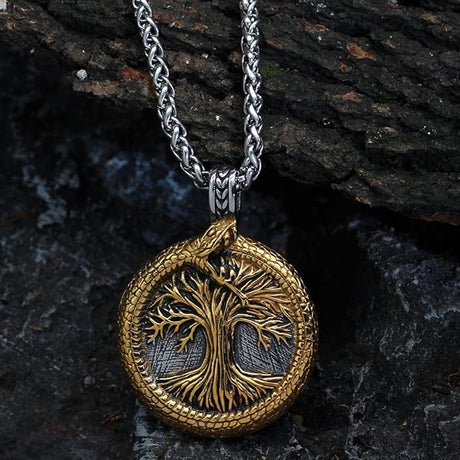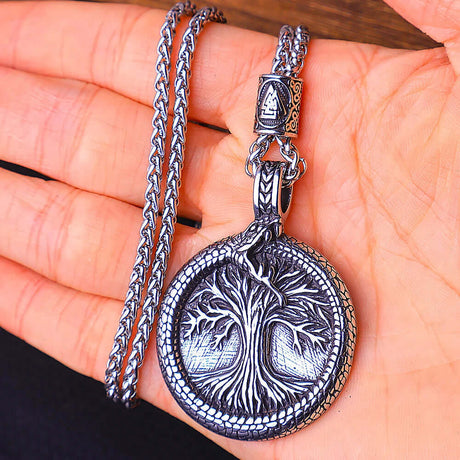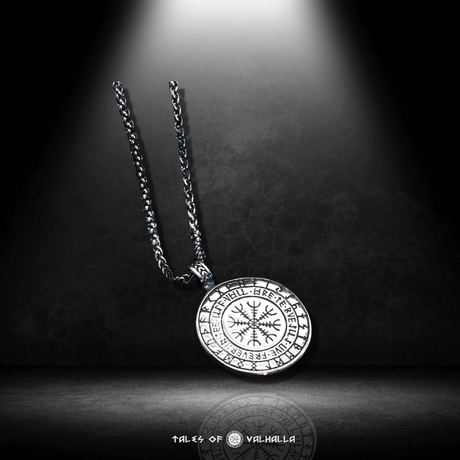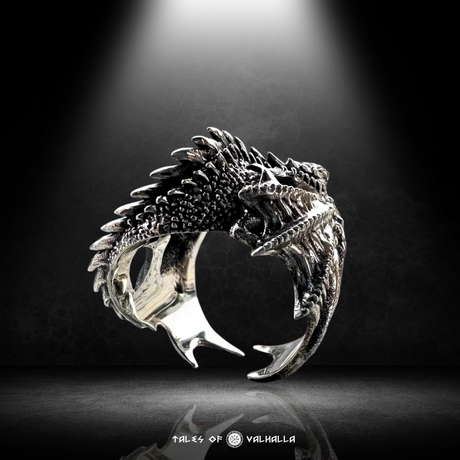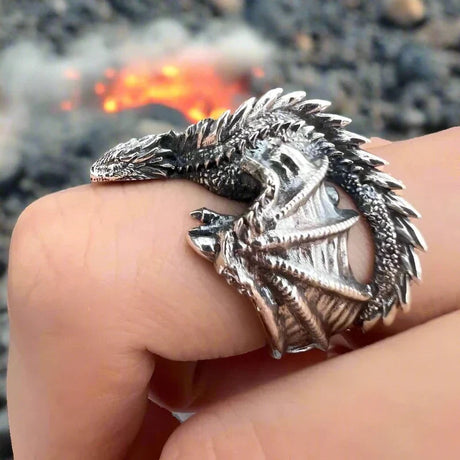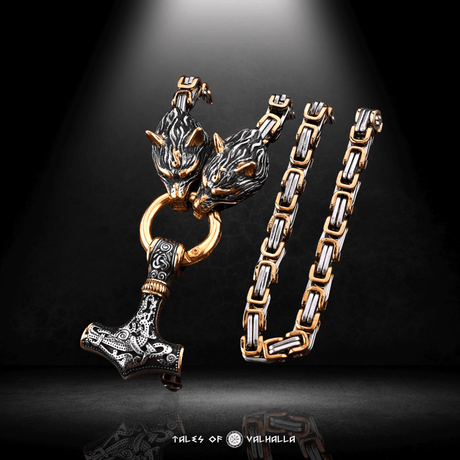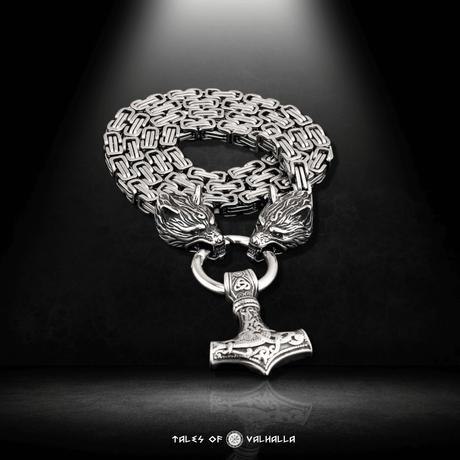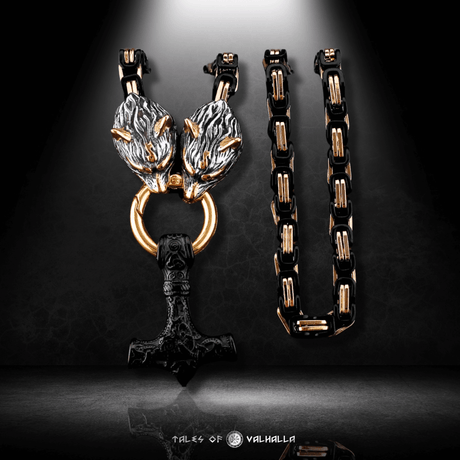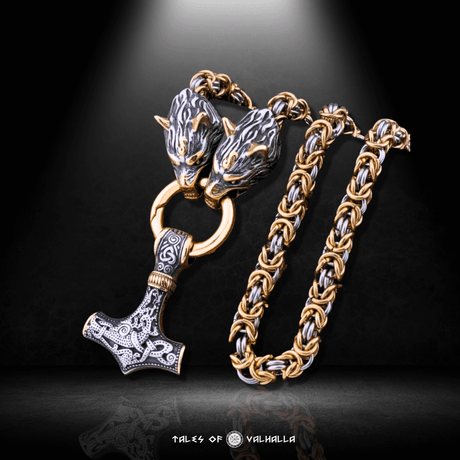Have you ever been captivated by the intricate knotwork of a Celtic design, or felt a sense of ancient mystery when gazing upon a spiral carved in stone? Celtic symbols are more than just beautiful artwork; they're a window into a rich and vibrant culture, imbued with meaning, power, and a deep connection to the natural world. For centuries, these symbols have offered protection, guidance, and a link to the enduring spirit of the Celts.
This blog will delve into some of the most potent Celtic symbols, exploring their historical significance, their deeper meanings, and how they continue to resonate with us today, particularly here in the United States, where Celtic heritage has taken root and flourished. We'll uncover the stories behind these iconic images, and see how they can offer not only protection but also a sense of belonging, strength, and connection to something larger than ourselves.
The Celtic Tree of Life: A Symbol of Interconnectedness
The Celtic Tree of Life, or Crann Bethadh in Gaelic, is arguably one of the most recognizable and beloved Celtic symbols. It depicts a mighty tree, often an oak, with roots that reach deep into the earth and branches that stretch towards the heavens. The branches and roots intertwine, forming a continuous, unbroken circle. This intricate design speaks volumes about the Celtic worldview.

The Celtic Tree of Life
- Connection to Nature: The Celts held a profound reverence for nature, seeing the divine in the trees, rivers, and mountains around them. The Tree of Life embodies this connection, representing the vital link between the earthly realm and the spiritual world. The tree provides shelter, food, and fuel – a literal source of life.
- Interdependence: The intertwined branches and roots symbolize the interconnectedness of all things. Just as the tree's various parts rely on each other for survival, so too do humans, animals, and the natural world exist in a delicate balance. No part of the system can thrive in isolation.
- Strength and Growth: The tree's enduring presence, weathering storms and changing seasons, represents strength, resilience, and continuous growth. It's a reminder that even in the face of adversity, life finds a way.
- Family and Ancestry: The Tree of Life can also be interpreted as a family tree, with the roots representing ancestors and the branches representing future generations. It’s a powerful symbol of lineage, heritage, and the enduring bonds of family.
- The Cycle of Life: The cyclical nature of the tree, shedding its leaves in autumn and blossoming anew in spring, mirrors the Celtic understanding of life, death, and rebirth.
The Tree of life shows the connection between the lower world and, through its roots, our world, the middle world, via its trunk, and the upper world, or heaven, via its branches.
- See more: Celtic Symbols Collection
Eternal Life in the Celtic World
The concept of "eternal life" in the Celtic world wasn't necessarily the same as the Christian concept of heaven. While the Celts did believe in an afterlife, their understanding was deeply rooted in the cycles of nature and the interconnectedness of all things. This belief is vividly reflected in many Celtic symbols.
- The Otherworld: The Celts believed in a realm called the Otherworld, a place of beauty, abundance, and eternal youth. It wasn't a distant, separate place, but rather existed alongside our own world, accessible through certain portals like ancient burial mounds (sí) or bodies of water.

Celtic Cat Triquetra Necklace
- Reincarnation: Many scholars believe the Celts held a strong belief in reincarnation. Death was seen not as an ending, but as a transition to another form of life. This cyclical view is echoed in the Tree of Life and other symbols like the Triskele (which we'll discuss later).
- The Soul's Journey: The journey to the Otherworld was often depicted as a voyage across water, mirroring the setting sun's journey across the horizon. This imagery is found in Celtic art and mythology.
- Honoring the Ancestors: The Celts had a deep respect for their ancestors, believing they continued to influence the living world. Rituals and offerings were made to honor them and seek their guidance. This connection to the past is a key element of Celtic spirituality.
Statistics of Celtic Symbols
| Symbol | Primary Meaning(s) | Common Usage | Popularity (Subjective) |
|---|---|---|---|
| Tree of Life | Interconnectedness, Life, Growth, Family | Jewelry, Tattoos, Home Decor | Very High |
| Celtic Knot | Eternity, Interconnectedness, Protection | Jewelry, Tattoos, Art | Very High |
| Triskele | Progress, Cycles, Competition | Jewelry, Tattoos, Spiritual Practices | High |
| Dara Knot | Strength, Roots, Inner Resources | Jewelry, Tattoos, Personal Empowerment Symbols | Medium |
| Celtic Cross | Faith, Protection, Spirituality | Jewelry, Religious Items, Memorials | High |
| Awen Symbol | Inspiration, flow of spirit, divinity between male and female | Jewelry, Tattoos, Spiritual Practices | Medium |
| Serch Bythol | Everlasting Love, eternal bond between two soulmates | Jewelry, wedding, engagement, anniversaries | High |
The Celtic Spiral: Tracing the Path of Destiny
The spiral is one of the oldest and most fundamental Celtic symbols, found carved on ancient stones throughout Ireland and other Celtic lands. Its simple yet profound form holds multiple layers of meaning.
- The Single Spiral: Represents the radiating energy of the sun, the expansion of consciousness, and the journey of life from birth to death and beyond. It's a symbol of growth, expansion, and cosmic energy.
- The Double Spiral: Symbolizes balance and the duality of nature – light and dark, male and female, life and death. It represents the equinoxes, where day and night are of equal length, highlighting the harmony between opposing forces.
- The Triple Spiral (Triskele): A more complex symbol, the Triskele is often associated with the three stages of life (maiden, mother, crone), the three realms (land, sea, and sky), or the past, present, and future. It embodies continuous motion, progress, and the cyclical nature of existence. Some scholars believe it also represents competition and man's progress.

The spiral's outward movement suggests a journey, a quest, or a path of discovery. It's a reminder that life is not a straight line, but rather a winding road with twists, turns, and unexpected detours.
Embracing the Clan: Protection for the Family
Family and community were at the heart of Celtic society. The clan was the primary social unit, providing protection, support, and a sense of belonging. Several Celtic symbols reflect this strong emphasis on kinship and collective identity.
- The Celtic Knot: While often seen as a symbol of eternity, Celtic knotwork, with its interwoven strands, also represents the interconnectedness of the clan. Each individual thread contributes to the overall strength and beauty of the design, just as each member of the clan is vital to the whole.
- The Family Crest: Although more commonly associated with later medieval heraldry, the concept of a family symbol representing lineage and identity has roots in Celtic tradition. Clans often had unique symbols or animals associated with them, signifying their shared heritage.
- The Claddagh Ring: A uniquely Irish symbol, the Claddagh ring features two hands clasping a heart, often surmounted by a crown. The hands represent friendship, the heart represents love, and the crown represents loyalty. It's a powerful symbol of commitment, often given as a token of love or friendship within a family or community.
- Shared Symbols: Wearing or displaying shared Celtic symbols, like the Tree of Life or a particular knotwork design, can create a sense of unity and belonging among family members, even across distances.
Channeling Inner Strength: The Dara Knot
The Dara Knot is a powerful symbol of strength, resilience, and inner resources. Its name comes from the Gaelic word "Doire," meaning "oak tree." Like the Tree of Life, the Dara Knot connects us to the enduring strength and wisdom of nature.
- Rootedness: The intricate knotwork of the Dara Knot, with no visible beginning or end, is often interpreted as representing the root system of the oak tree. These roots provide stability, nourishment, and a deep connection to the earth.
- Inner Resources: The Dara Knot reminds us that we possess inner strength and resilience, even in the face of challenges. Like the oak tree, we can weather storms and draw upon our inner resources to overcome adversity.
- Wisdom and Endurance: The oak tree was revered by the Celts for its longevity and wisdom. The Dara Knot symbolizes these qualities, encouraging us to cultivate patience, perseverance, and a deep understanding of ourselves and the world around us.
- Protection: By connecting us to our inner strength and the enduring power of nature, the Dara Knot can also be seen as a symbol of protection. It reminds us that we are not alone and that we have the resources within us to face whatever life throws our way.

Celtic Symbols and Their Enduring Appeal in the United States
The fascination with Celtic symbols extends far beyond the shores of Ireland and the British Isles. In the United States, these symbols have found a particularly strong resonance, for several reasons:
- Celtic Heritage: Millions of Americans trace their ancestry back to Ireland, Scotland, Wales, and other Celtic regions. For many, Celtic symbols provide a tangible link to their heritage, a way to connect with their roots and celebrate their cultural identity.
- Spiritual Seeking: In a fast-paced and often materialistic world, many people are drawn to the spiritual depth and connection to nature embodied in Celtic symbolism. These symbols offer a sense of meaning and purpose beyond the everyday.
- Aesthetic Appeal: The intricate beauty and timeless designs of Celtic symbols have a universal appeal. They are incorporated into jewelry, tattoos, clothing, home décor, and art, adding a touch of mystique and elegance.
- Pop Culture Influence: From fantasy novels and films to music and video games, Celtic themes and imagery have become increasingly popular in mainstream culture, further fueling interest in these ancient symbols.
The Celtic Cross
The Celtic Cross, with its distinctive ring encircling the intersection of the cross, is perhaps one of the most recognizable symbols associated with Ireland and Celtic Christianity. However, its origins and meaning are complex and layered, blending pre-Christian beliefs with Christian iconography.
There are many theories as to what the Ring on the cross symbolizes. Some say, the ring on the cross represents the Roman sun god Invictus. Because of this, the Celtic cross is sometimes referred to as the “Sun Cross”. There are of course other opinions, such as the ring representing wholeness, and totality, as well as representing the halo of Jesus Christ.
Awen Symbol
The Awen symbol, consisting of three rays converging towards three circles, is a relatively modern Neo-Druidic symbol, but it draws upon ancient Celtic concepts and is often embraced by those seeking to connect with Celtic spirituality.
The symbol is said to represent the balance between male and female energies. The two outer rays representing female and male energy, and the central ray representing the balance between them.
The Awen is a symbol of inspiration, creativity, and the flow of divine energy. It's a reminder of the interconnectedness of all things and the potential for enlightenment.
Serch Bythol
The Serch Bythol is a lesser-known but deeply meaningful Celtic symbol. It's composed of two Celtic knots intertwined to form a single design, representing the eternal bond between two souls.
This symbol is often used to represent everlasting love, commitment, and the joining of two lives. It's a popular choice for wedding rings, anniversary gifts, or any occasion where a deep and enduring connection is celebrated.
Conclusion
Celtic symbols offer a rich tapestry of meaning, history, and spiritual depth. Whether you're drawn to their protective qualities, their connection to nature, or their aesthetic beauty, these ancient symbols can provide a powerful source of inspiration and connection.
Explore the meanings that resonate with you, incorporate them into your life in meaningful ways, and let them guide you on your own personal journey.
The Celts were, and still are, a people that valued nature, and its power, symbolism, and beauty. They held close the meaning and significance of nature, and the interconnectedness of all living things, which is why so many Celtic Symbols connect to the circle of life.
If you’re feeling inspired by the ancient wisdom, check out Tales of Valhalla to dive deep into the mythologies that gave rise to many of these cultural traditions.
FAQs
1. Are Celtic symbols only for people of Celtic descent?
Absolutely not! While Celtic symbols have deep roots in Celtic culture and history, their meanings and appeal are universal. Anyone can be drawn to their beauty, symbolism, and the sense of connection they offer. Whether you have Celtic ancestry or simply appreciate the artistry and meaning, you can embrace and find value in these symbols. They represent universal themes like connection to nature, strength, family, and the cycles of life.
2. How can I choose the right Celtic symbol for me?
The best way to choose a Celtic symbol is to research their meanings and find one that resonates with you personally. Consider what aspects of your life you'd like to enhance or connect with. Are you seeking protection, strength, love, or a deeper connection to nature? Let your intuition guide you. Read about the different symbols, look at their designs, and see which one speaks to your heart. There's no right or wrong answer – it's about finding a symbol that feels meaningful to you.
3. Can I wear or use Celtic symbols if I'm not religious?
Yes, definitely! While some Celtic symbols, like the Celtic Cross, have Christian associations, many others predate Christianity and have broader spiritual or philosophical meanings. The Tree of Life, Celtic knots, and the spiral, for example, are primarily associated with nature, interconnectedness, and the cycles of life. You can wear or use these symbols regardless of your religious beliefs.
4. What's the difference between a Celtic knot and a Dara knot?
Celtic knots are a broad category of interwoven designs with no beginning or end, symbolizing eternity and interconnectedness. The Dara Knot is a specific type of Celtic knot that is often associated with the oak tree and its root system. It specifically symbolizes strength, resilience, and inner resources, drawing on the imagery of the oak's deep roots. So, the Dara Knot is a kind of Celtic knot, with a more focused meaning.
5. Where can I find authentic Celtic symbol designs?
It's important to be mindful of where you source your Celtic symbols, especially if you're purchasing jewelry or artwork. Look for reputable artists and craftspeople who have a genuine understanding of Celtic art and culture. Research the origins of the designs and avoid mass-produced items that may misrepresent the symbols' meanings. Supporting artists who respect the cultural heritage is a great way to ensure authenticity. Check online retailers, Celtic festivals, or specialty shops.
6. I have seen different Variations of the same Celtic Symbols, is this okay?
Yes, it's perfectly normal to see variations in the designs of Celtic symbols. Over centuries, artists and craftspeople have interpreted and adapted these symbols, adding their own unique touches. The core meaning of the symbol usually remains consistent, even if the visual representation varies slightly. For example, the Tree of Life might be depicted with different types of trees or slightly different knotwork patterns, but the underlying symbolism of interconnectedness and growth remains the same. This variation adds to the richness and diversity of Celtic art.

